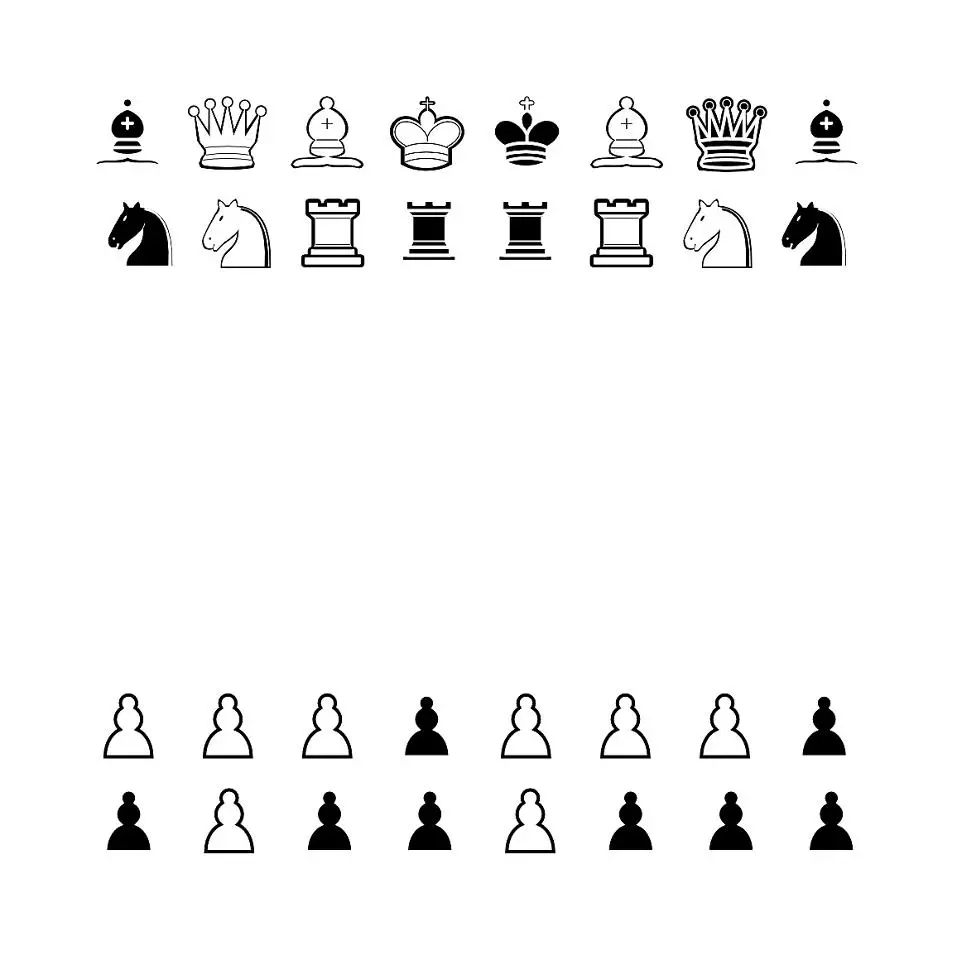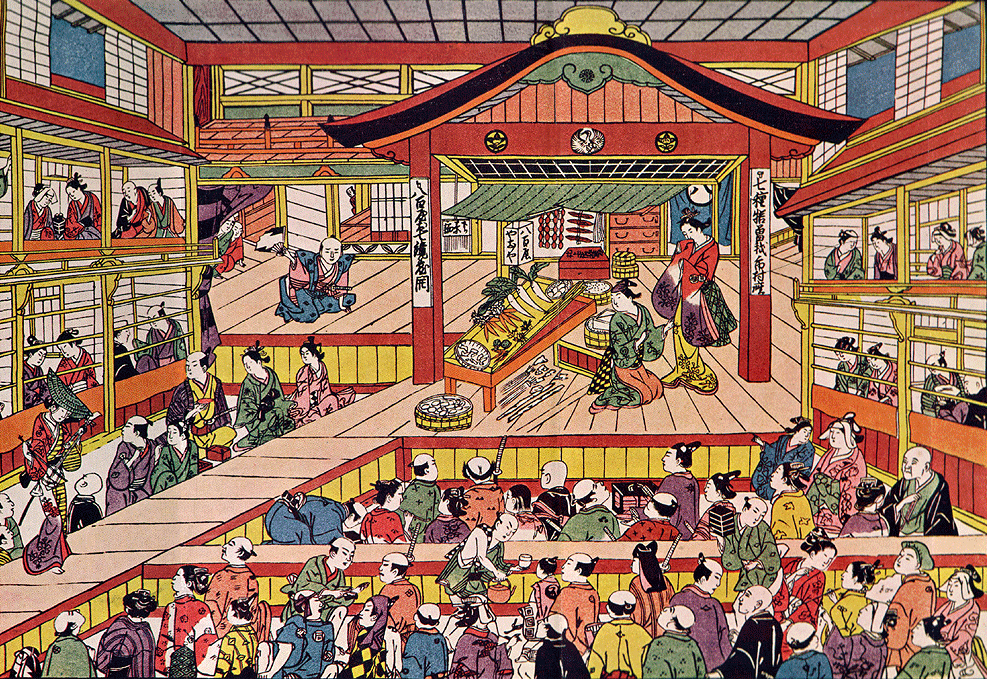Ukiyo-e is a genre of Japanese art that flourished from the 17th through 19th centuries. Its artists produced woodblock prints and paintings of such subjects as female beauties; kabuki actors and sumo wrestlers; scenes from history and folk tales; travel scenes and landscapes; flora and fauna; and erotica. The term ukiyo-e (浮世絵) translates as ‘picture[s] of the floating world’.
Ukiyo (浮世, ‘floating/fleeting/transient world’) is the Japanese term used to describe the urban lifestyle and culture, especially the pleasure-seeking aspects, of Edo period Japan (1600–1867).[2] Ukiyo culture developed in Yoshiwara, the licensed red-light district of Edo (modern-day Tokyo), the site of many brothels frequented by Japan’s growing middle class. A prominent author of the ukiyo genre was Ihara Saikaku, who wrote The Life of an Amorous Woman. Ukiyo culture also arose in other cities, such as Osaka and Kyoto.



